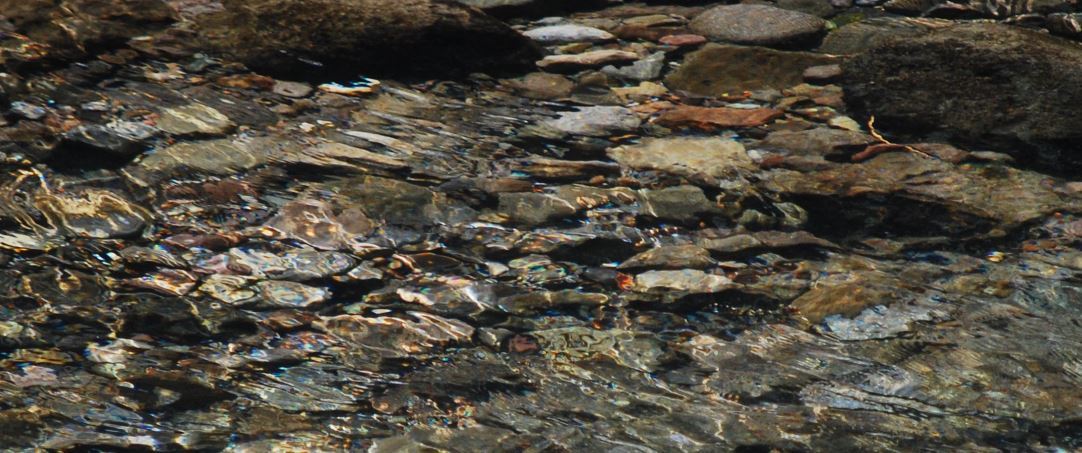NCCWP is concerned that the Oregon Coast is facing an evolving drinking water crisis. Coastal communities are experiencing water quality and quantity issues, especially in the summer months. Industrial forestry practices, combined with climate change, drought, and heat domes, are a serious threat to the future of our water. quality and quantity. Here is a related report that was sent to Nancy Webster by Mike Edwards, an educator, nature writer, concerned citizen and resident of the Oregon Coast since 2018 who lives in Lincoln County.
I found out that the private lands of the Siletz River have been logged heavier than any other private lands on the Coast. Fortunately, we have a lot of National Forest land here that isn't being heavily logged. In the last twenty years, the Siletz drainage has had a net loss of over 40% of its forest cover. If the young timberlands aren't ready to harvest, will there be timber lobbying in Salem and D.C. to open up the Siuslaw National Forest, and does the Siuslaw's Late Successional Reserve (LSR) designation protect it from intensive logging?
The city of Newport gets its water from a reservoir, and the dam that keeps the water in its place will fail if a tsunami hits. There is talk of a huge infrastructure project to bolster Newport's water supply (an $80 million dollar project involving raising taxes.) When their reservoir is low, Newport pumps water out of the Siletz River. Because of recent droughts, Newport has implemented summer limits on watering lawns and car washing. As the drought season extends and the Coast population and tourist visitation rises, how will cities like Newport cope with the lack of water in the summertime?
The most interesting article that I found was a study by Oregon State University scientist Catalina Segura entitled "Timber Harvesting Results in Persistent Deficits in Summer Streamflow." The study has a lot of fantastic information, but as far as our focus, drinking water, the study says that "compared to mature forests, daily streamflow from 40 to 53 year old plantations was 25% lower overall and 50% lower during the summer months...." That's a fact that you likely already know about and that Rockaway Beach is heavily affected by.
Finally, nearly eighty percent of the Schooner Creek watershed that feeds Lincoln City flows through the Siuslaw National Forest, which is an LSR where, at least for now, only limited timber harvests are allowed. The other twenty percent of the watershed is timber plantations and residential farms.
One of the issues that you mentioned......is "equity." Based on how certain communities are impacted heavily by logging (Rockaway Beach) and others not as much (Lincoln City) can we make an equity argument? "You get reliable clean water if your watershed is owned by the federal government or if you live in Cannon Beach where the residents are wealthy enough to purchase impactful pieces of the watershed, but if you live in Rockaway Beach you should just be happy that there are timber jobs and forget about what's happening to your water supply." That seems so arbitrary.
The problem that I see is that I think these government officials, progressive or conservative, all receive money from the timber industry. ............ The State priority is getting out the timber and funding political campaigns with some of those timber dollars and not providing clean and reliable water to Coast residents. I hope that I'm wrong. I hate being so pessimistic.

